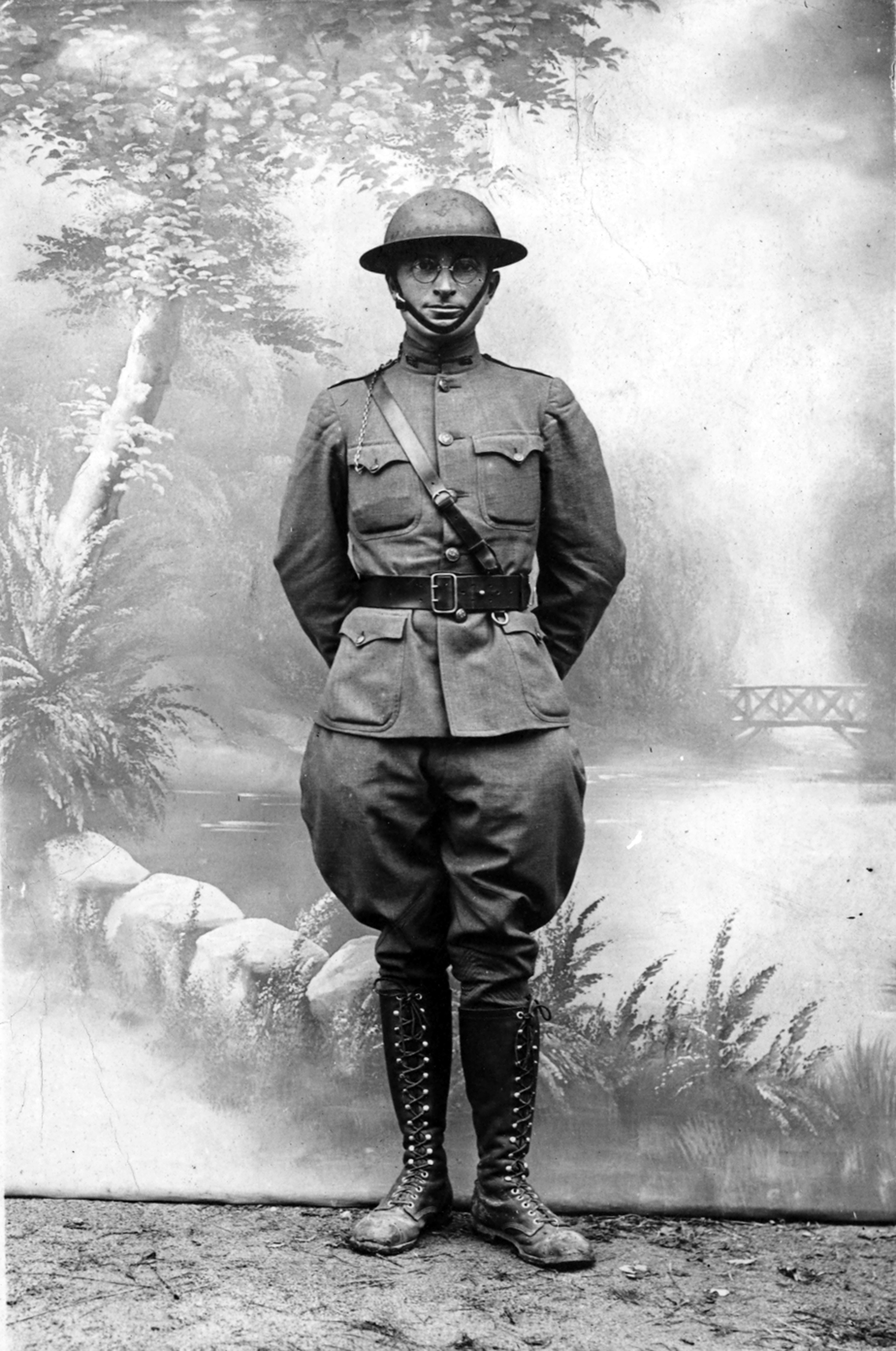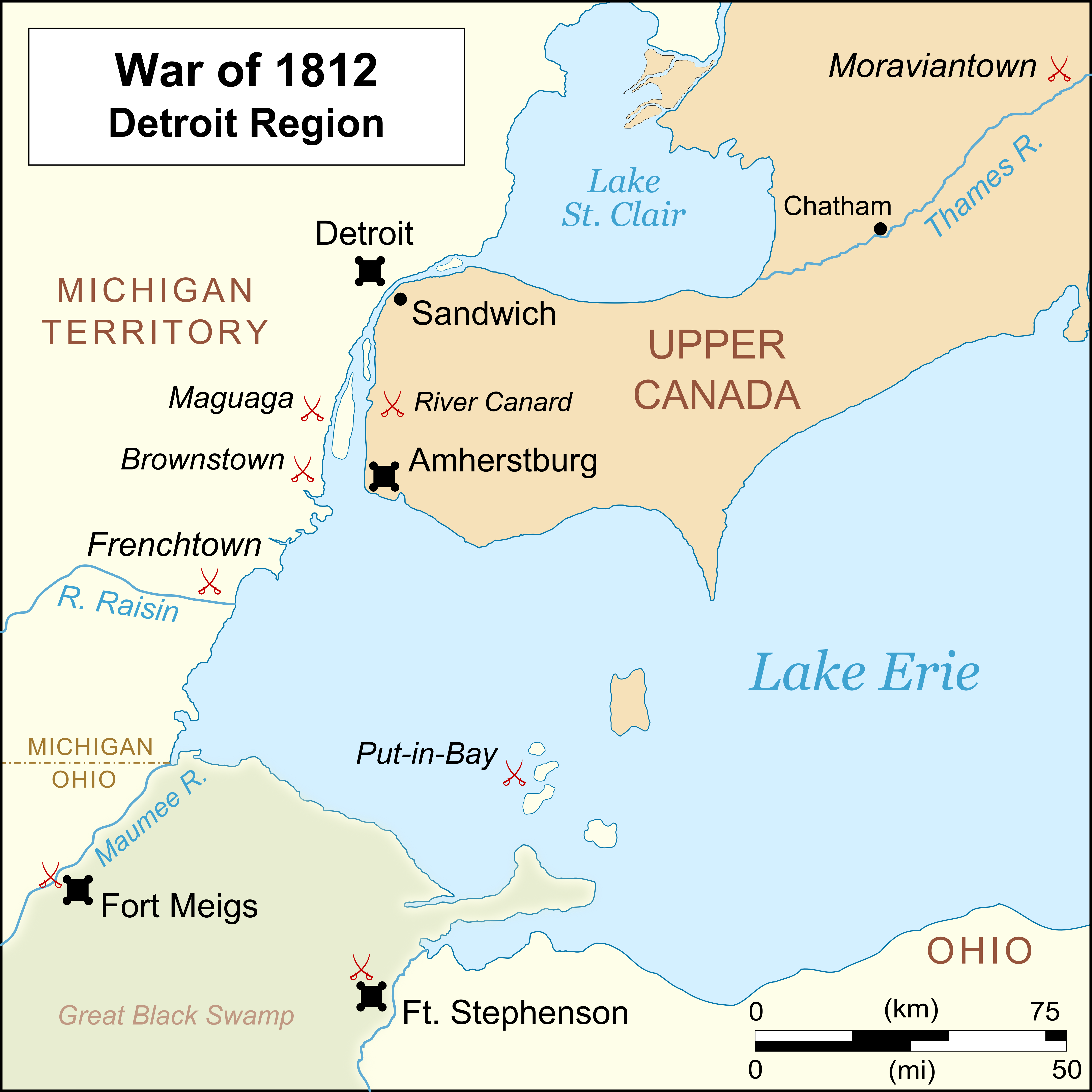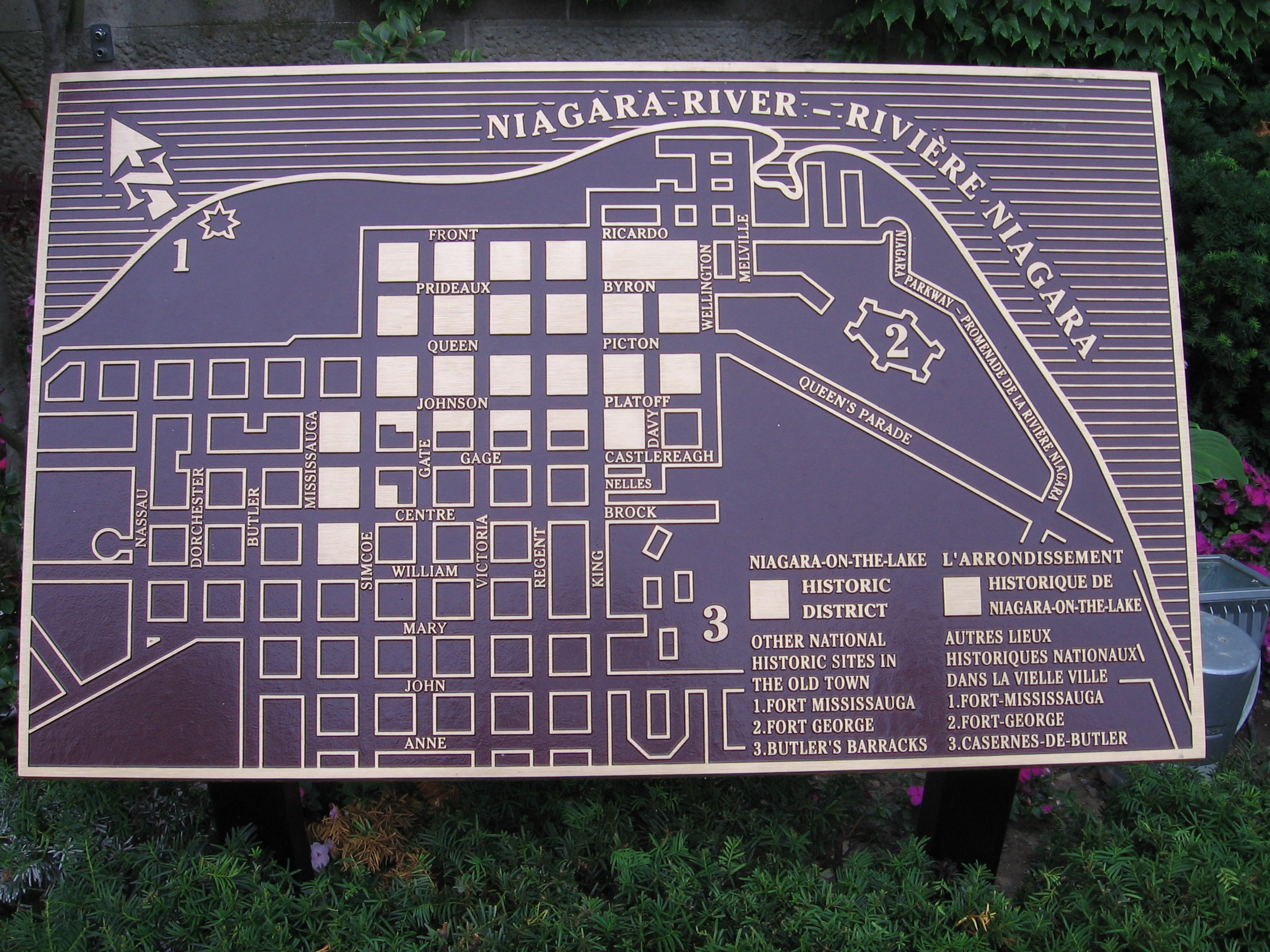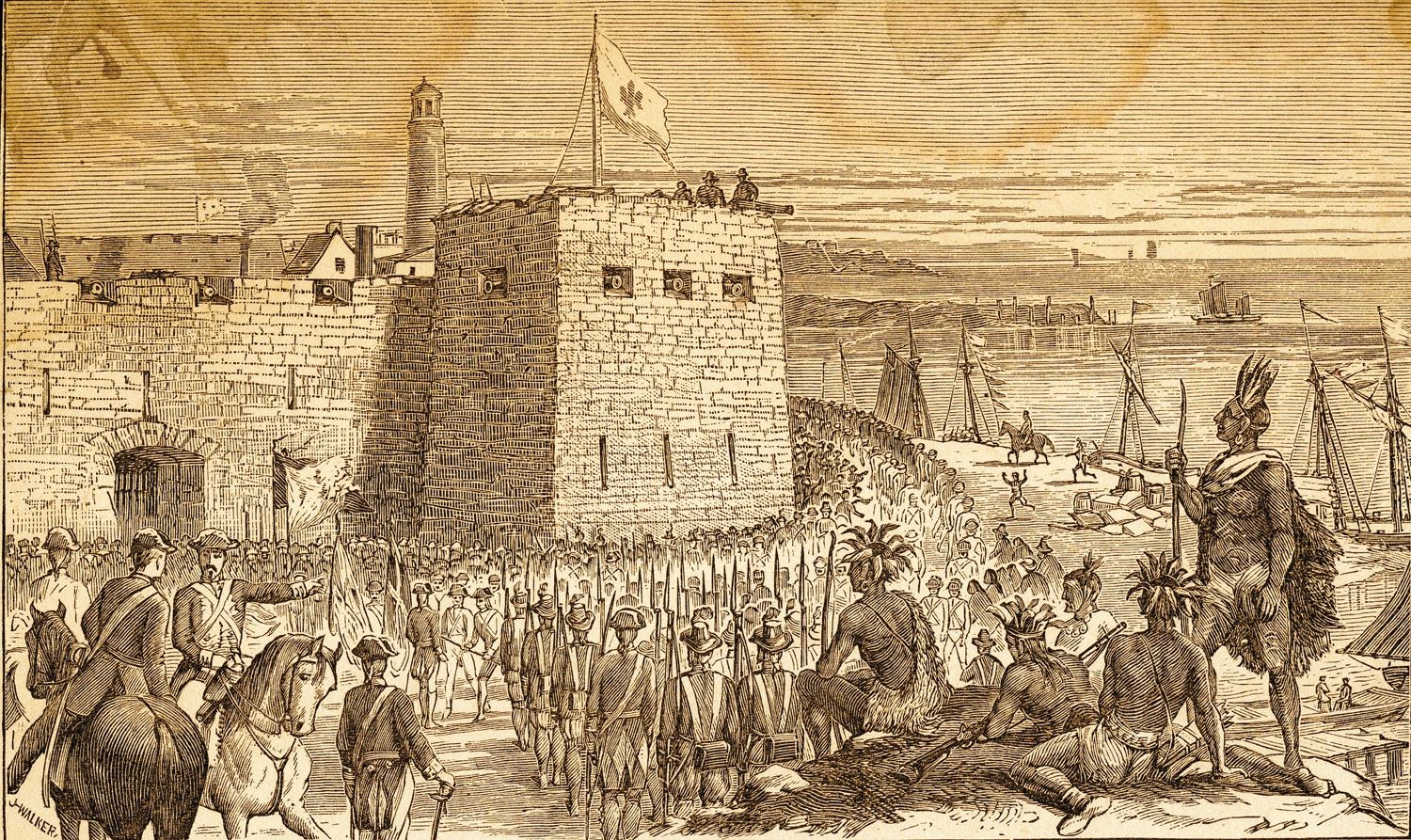|
Light Artillery (United States)
The Light Artillery Regiment was an artillery regiment which served in the United States Army from 1808 to 1821. History It was formed in 1808 and consisted of 10 companies.Haskin, William L ''U.S. Army Center of Military History''. Accessed 19 November 2018. It served in the War of 1812 and fought in the following battles - *Battle of Queenston Heights, Oct. 13, 1812 * Capture of York (now Toronto), April 27, 1813 *Siege of Fort Meigs, Ohio, May 5, 1813 *Battle of Fort George, May 27, 1813 *Battle of Stony Creek, June 6, 1813 * Battle of Chrystler's Fields, Nov. 11, 1813 *Defense of Fort Oswego, New York, May 5 and 6, 1814 *Battle of Plattsburgh, New York, Sept. 11, 1814 After the War of 1812, the companies of the Light Artillery Regiment served mostly at coastal fortifications. In 1821 the Light Artillery Regiment was consolidated with the Corps of Artillery to form four artillery regiments with 9 companies each. Of the regiments 10 companies, five (A, B, C, D and E) w ... [...More Info...] [...Related Items...] OR: [Wikipedia] [Google] [Baidu] |
Field Artillery Branch (United States)
The Field Artillery Branch is a combat arms branch of the United States Army that is responsible for field artillery. Historical background The U.S. Army Field Artillery branch traces its origins to 17 November 1775 when the Continental Congress, unanimously elected Henry Knox "Colonel of the Regiment of Artillery". The regiment formally entered service on 1 January 1776. During the 19th Century a total of seven Artillery regiments were formed which contained a mixture of "heavy" artillery companies and "light" artillery batteries. The light artillery batteries took the role of field artillery although they did not use that designation. The seven artillery regiments were designated as regiments of artillery and were not distinguished as being either "coast" or "field" artillery as was the practice in the 20th Century. In the reorganization of the Army by the Act of 2 February 1901, the seven Artillery regiments were reorganized as the Artillery Corps. The Corps was split into ... [...More Info...] [...Related Items...] OR: [Wikipedia] [Google] [Baidu] |
War Of 1812
The War of 1812 (18 June 1812 – 17 February 1815) was fought by the United States of America and its indigenous allies against the United Kingdom and its allies in British North America, with limited participation by Spain in Florida. It began when the United States declared war on 18 June 1812 and, although peace terms were agreed upon in the December 1814 Treaty of Ghent, did not officially end until the peace treaty was ratified by Congress on 17 February 1815. Tensions originated in long-standing differences over territorial expansion in North America and British support for Native American tribes who opposed US colonial settlement in the Northwest Territory. These escalated in 1807 after the Royal Navy began enforcing tighter restrictions on American trade with France and press-ganged men they claimed as British subjects, even those with American citizenship certificates. Opinion in the US was split on how to respond, and although majorities in both the House and ... [...More Info...] [...Related Items...] OR: [Wikipedia] [Google] [Baidu] |
Battle Of Queenston Heights
The Battle of Queenston Heights was the first major battle in the War of 1812. Resulting in a British victory, it took place on 13 October 1812 near Queenston, Upper Canada (now Ontario). The battle was fought between United States regulars with New York militia forces, led by Major General Stephen Van Rensselaer, and British regulars, York and Lincoln militia and Mohawk warriors, led by Major General Isaac Brock and then Major General Roger Hale Sheaffe, who took command after Brock was killed. The battle was fought as the result of an American attempt to establish a foothold on the Canadian side of the Niagara River before campaigning ended with the onset of winter. The decisive battle was the culmination of a poorly-managed American offensive and may be most historically significant for the loss of the British commander. Despite their numerical advantage and the wide dispersal of British forces defending against their invasion attempt, the Americans, who were stationed in ... [...More Info...] [...Related Items...] OR: [Wikipedia] [Google] [Baidu] |
Battle Of York
The Battle of York was a War of 1812 battle fought in York, Upper Canada (today's Toronto, Ontario, Canada) on April 27, 1813. An American force supported by a naval flotilla landed on the lakeshore to the west and advanced against the town, which was defended by an outnumbered force of regulars, militia and Ojibwe natives under the overall command of Major General Roger Hale Sheaffe, the Lieutenant Governor of Upper Canada. Sheaffe's forces were defeated and Sheaffe retreated with his surviving regulars to Kingston, abandoning the militia and civilians. The Americans captured the fort, town, and dockyard. They themselves suffered heavy casualties, including force leader Brigadier General Zebulon Pike and others killed when the retreating British blew up the fort's magazine. The American forces subsequently carried out several acts of arson and looting in the town before they withdrew several days later. Although the Americans won a clear victory, the battle did not have decis ... [...More Info...] [...Related Items...] OR: [Wikipedia] [Google] [Baidu] |
Siege Of Fort Meigs
The siege of Fort Meigs took place in late April to early May 1813 during the War of 1812 in northwestern Ohio, present-day Perrysburg. A small British Army unit with support from Indians attempted to capture the recently constructed fort to forestall an American offensive against Detroit, and its Fort Detroit in the Great Lakes region which the British from the north in Canada had captured the previous year. An American sortie and relief attempt failed with heavy casualties, but the British failed to capture the fort and were forced to raise the siege. Background In the early days of the War of 1812 (1812–1815), an American Army under Brigadier General William Hull (1753–1825), surrendered following the siege of Detroit. To recover the town of Detroit and Fort Detroit, the Americans formed the Army of the Northwest. Brigadier General James Winchester (1752–1826), briefly commanded this army before William Henry Harrison (1773–1841), Congressional delegate and then se ... [...More Info...] [...Related Items...] OR: [Wikipedia] [Google] [Baidu] |
Battle Of Fort George
The Battle of Fort George was a battle fought during the War of 1812, in which the Americans defeated a British force and captured the Fort George in Upper Canada. The troops of the United States Army and vessels of the United States Navy cooperated in a very successful amphibious assault, although most of the opposing British force escaped encirclement. Background Fort George was the westernmost of the British fortified posts on Lake Ontario, the others being York, the provincial capital of Upper Canada, and Kingston where most of the ships of the Provincial Marine were based. The fort was situated on the western bank of the Niagara River near its mouth. On the American side of the river lay Fort Niagara. Fort George was constructed to replace and counterbalance Fort Niagara, which the British lost to the Americans after Jay's Treaty in the year 1796. Events in 1812 At the beginning of the war both the British forces near Fort George and the American forces at Fort Niagar ... [...More Info...] [...Related Items...] OR: [Wikipedia] [Google] [Baidu] |
Battle Of Stony Creek
The Battle of Stoney Creek was a British victory over an American force fought on 6 June 1813, during the War of 1812 near present-day Stoney Creek, Ontario. British units made a night attack on the American encampment, and due in large part to the capture of the two senior officers of the American force, and an overestimation of British strength by the Americans, the battle resulted in a total victory for the British, and a turning point in the defence of Upper Canada. Background On 27 May, the Americans had won the Battle of Fort George, forcing the British defenders of Fort George into a hasty retreat. The British commander, Brigadier General John Vincent, gathered in all his outposts along the Niagara River, disbanded the militia contingents in his force and retreated to Burlington Heights (at the west end of Burlington Bay), with about 1,600 men in total. The Americans under the overall leadership of General Henry Dearborn, who was elderly and ill, were slow to pursue. A ... [...More Info...] [...Related Items...] OR: [Wikipedia] [Google] [Baidu] |
Battle Of Crysler's Farm
The Battle of Crysler's Farm, also known as the Battle of Crysler's Field, was fought on 11 November 1813, during the War of 1812 (the name ''Chrysler's Farm'' is sometimes used for the engagement, but ''Crysler'' is the proper spelling). A British and Canadian force won a victory over a US force which greatly outnumbered them. The US defeat prompted them to abandon the St. Lawrence Campaign, their major strategic effort in the autumn of 1813. Saint Lawrence Campaign American plan The battle arose from a United States military campaign which was intended to capture Montreal. The resulting military actions, including the Battle of the Chateauguay, the Battle of Crysler's Farm and a number of skirmishes, are collectively known as the St. Lawrence Campaign. The US plan was devised by United States Secretary of War John Armstrong Jr., who originally intended to take the field himself.Elting (1995), p. 137 Because it was difficult to concentrate the necessary force in one place due ... [...More Info...] [...Related Items...] OR: [Wikipedia] [Google] [Baidu] |
Fort Oswego
Fort Oswego was an 18th-century trading post in the Great Lakes region in North America, which became the site of a battle between French and British forces in 1756 during the French and Indian War. The fort was established in 1727 on the orders of New York governor William Burnet, adjacent to a 1722 blockhouse that had originally been a way station for French traders. The log palisade fort established a British presence on the Great Lakes. In 1756 the fort's garrison of British soldiers from the 50th and 51st regiments were easily defeated by a combined French and Native American force. More than one hundred British soldiers were killed, many of them after the fort had been formally surrendered. The French took a further 1,500 British prisoners, and destroyed the fort itself. The site is now included in the city of Oswego, New York. Oswego fortification system Many historic references to Fort Oswego actually refer to other forts that existed simultaneously or later. The terra ... [...More Info...] [...Related Items...] OR: [Wikipedia] [Google] [Baidu] |
Battle Of Plattsburgh
The Battle of Plattsburgh, also known as the Battle of Lake Champlain, ended the final British invasion of the northern states of the United States during the War of 1812. An army under Lieutenant General Sir George Prévost and a naval squadron under Captain George Downie converged on the lakeside town of Plattsburgh, New York. Plattsburgh was defended by New York and Vermont militia and detachments of regular troops of the United States Army, all under the command of Brigadier General Alexander Macomb, and ships commanded by Master Commandant Thomas Macdonough. Downie's squadron attacked shortly after dawn on 11 September 1814, but was defeated after a hard fight in which Downie was killed. Prévost then abandoned the attack by land against Macomb's defences and retreated to Canada, stating that even if Plattsburgh was captured, any British troops there could not be supplied without control of the lake. When the battle took place, American and British delegates were meeting ... [...More Info...] [...Related Items...] OR: [Wikipedia] [Google] [Baidu] |
Moses Porter
Moses Porter (20 March 1756 – 14 April 1822) was a general in the United States Army during the War of 1812. His career lasted for over 40 years and he is one of the few officers who served in both the American Revolution and the War of 1812. Biography Moses Porter was born on 20 March 1756 in Danvers, Massachusetts. He was the son of Benjamin Porter and Sarah Brown Porter. Revolutionary War On 1 January 1777 Porter was commissioned an ensign in the 6th Massachusetts Regiment (a.k.a. Nixon's Regiment) of the Continental Army, shortly before his 21st birthday. The regiment mostly served in the Hudson Highlands area of New York and participated in the Battles of Saratoga in 1777. He served in the 6th Massachusetts until he was deranged (i.e. involuntarily discharged due to reorganization) from the regiment on 1 March 1779. He was promoted to 2nd Lieutenant in the 3rd Continental Artillery Regiment, commanded by Colonel John Crane on 21 April 1779. He served with the 3rd Art ... [...More Info...] [...Related Items...] OR: [Wikipedia] [Google] [Baidu] |
Early U
{{disambiguation, geo ...
Early may refer to: History * The beginning or oldest part of a defined historical period, as opposed to middle or late periods, e.g.: ** Early Christianity ** Early modern Europe Places in the United States * Early, Iowa * Early, Texas * Early Branch, a stream in Missouri * Early County, Georgia Other uses * ''Early'' (Scritti Politti album), 2005 * ''Early'' (A Certain Ratio album), 2002 * Early (name) * Early effect, an effect in transistor physics * Early Records, a record label * the early part of the morning See also * Earley (other) Earley is a town in England. Earley may also refer to: * Earley (surname), a list of people with the surname Earley * Earley (given name), a variant of the given name Earlene * Earley Lake, a lake in Minnesota *Earley parser, an algorithm *Earley ... [...More Info...] [...Related Items...] OR: [Wikipedia] [Google] [Baidu] |









